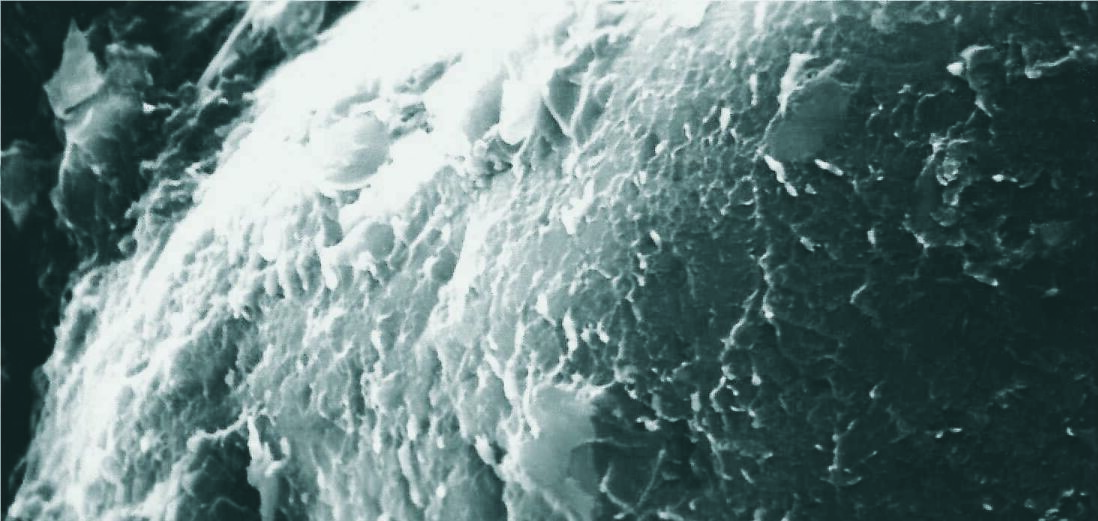
Resin Modification
Dynasylan® for long-lasting coatings
Paints and coatings must do a lot: They must protect the coated surface reliably against external influences while also being visually appealing. They are primarily composed of binding agents, possibly solvents, as well as pigments, fillers and additives. Binding agents are a coating’s backbone and are usually made up of a synthetic resin that can be modified using silanes.
Major synthetic resins that are used as a binder in coatings include epoxy, polyurethane, polyester or acrylic resins. The molecules of such synthetic resins are classed as polymers – large molecules that are comprised of smaller subunits known as monomers.
The binder performs a range of functions in the coating such as binding all paint components together, wetting the pigments and promoting adhesion, durability, flexibility and other physical properties of the coating.
Using silanes, it is possible to modify the majority of these synthetic resins to improve their performance. As monomers, silanes are used in the synthesis of resins through grafting, copolymerization or endcapping.
Two examples of modifying resins using silanes:
Acrylate dispersions are particularly durable
For synthesizing acrylate dispersions, vinysilanes and methacrylsilanes – e.g., from the Dynasylan® range – are often used as monomers. Such silane-modified systems are particularly abrasion-resistant, and weather-resistant and adhere well to the substrate. They are therefore especially durable.
These properties mean that acrylic resins in acrylic dispersions have a broad spectrum of applications in the coatings industry. In addition to their protective quality, they also ensure that coatings are visually appealing and glossy, for example, in architectural coatings, coatings for metal surfaces or glass, and also in high-quality wall paints.
Polyurethanes for premium-quality coatings
Isocyanates are crucial starting materials for producing polyurethanes. To be able to convert these into what are known as end-capped polyurethanes, they are often reacted with secondary amino silanes such as Dynasylan® 1122, Dynasylan® 1189 or Dynasylan® 1124. They thus serve not only as adhesion promoters and curing agents, but also as structural components of silane-functional polymers. Secondary amino silanes are more hydrophobic than primary amino silanes. As a result, they absorb less moisture and the coating adheres better.
Polyurethane resins are especially easy to use in formulations and have a broader scope of end applications. They are particularly resistant to corrosion and withstand chemicals, UV radiation and weather influences. For this reason, particularly high-quality polyurethane coatings are widely used, e.g., in the construction and automotive industries or for painting ships and airplanes.
The benefits at a glance:
- Long-lasting coating
- Paint is water and chemical-resistant
- Particularly strong and tear-resistant
- Abrasion-resistant
- High thermal stability
